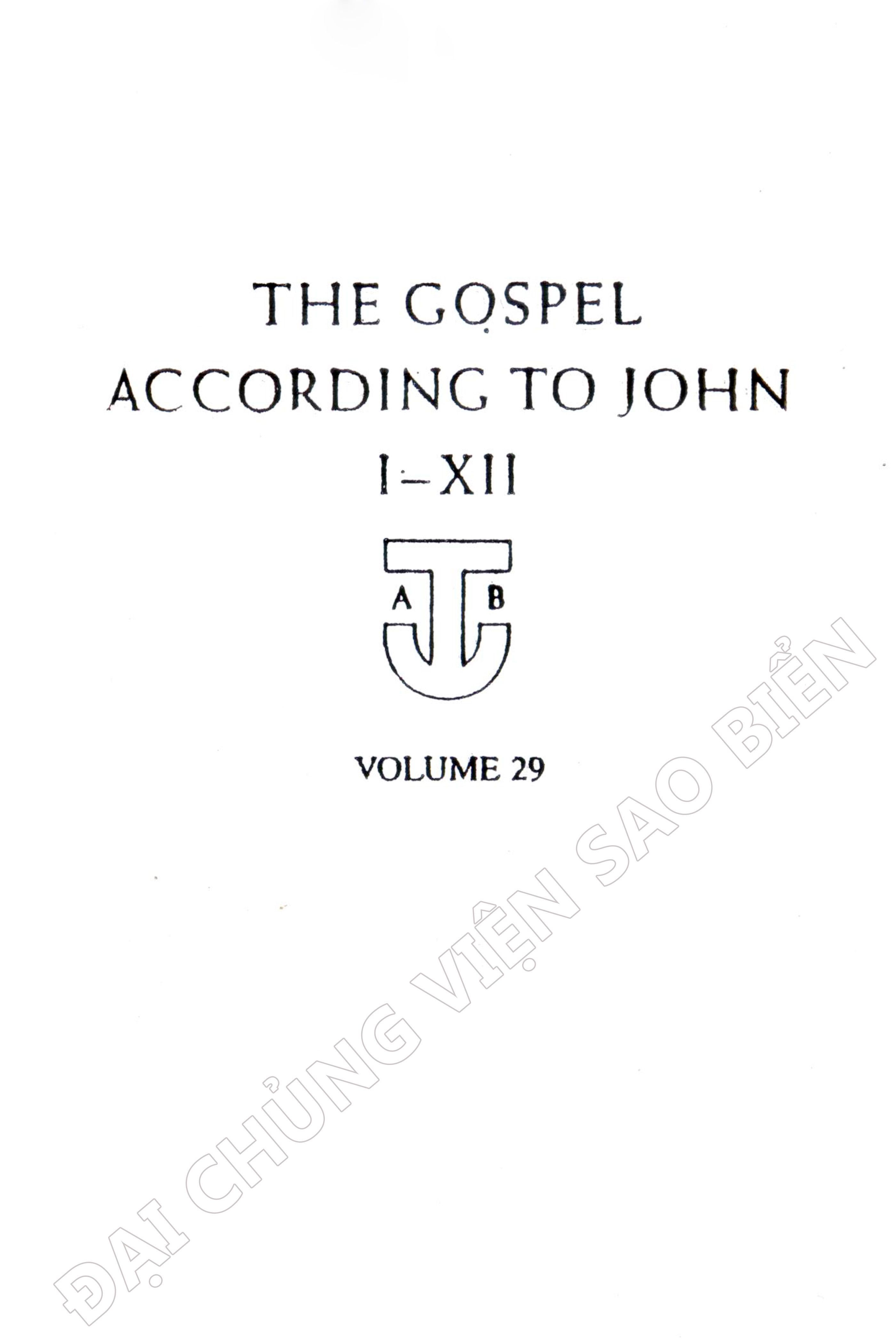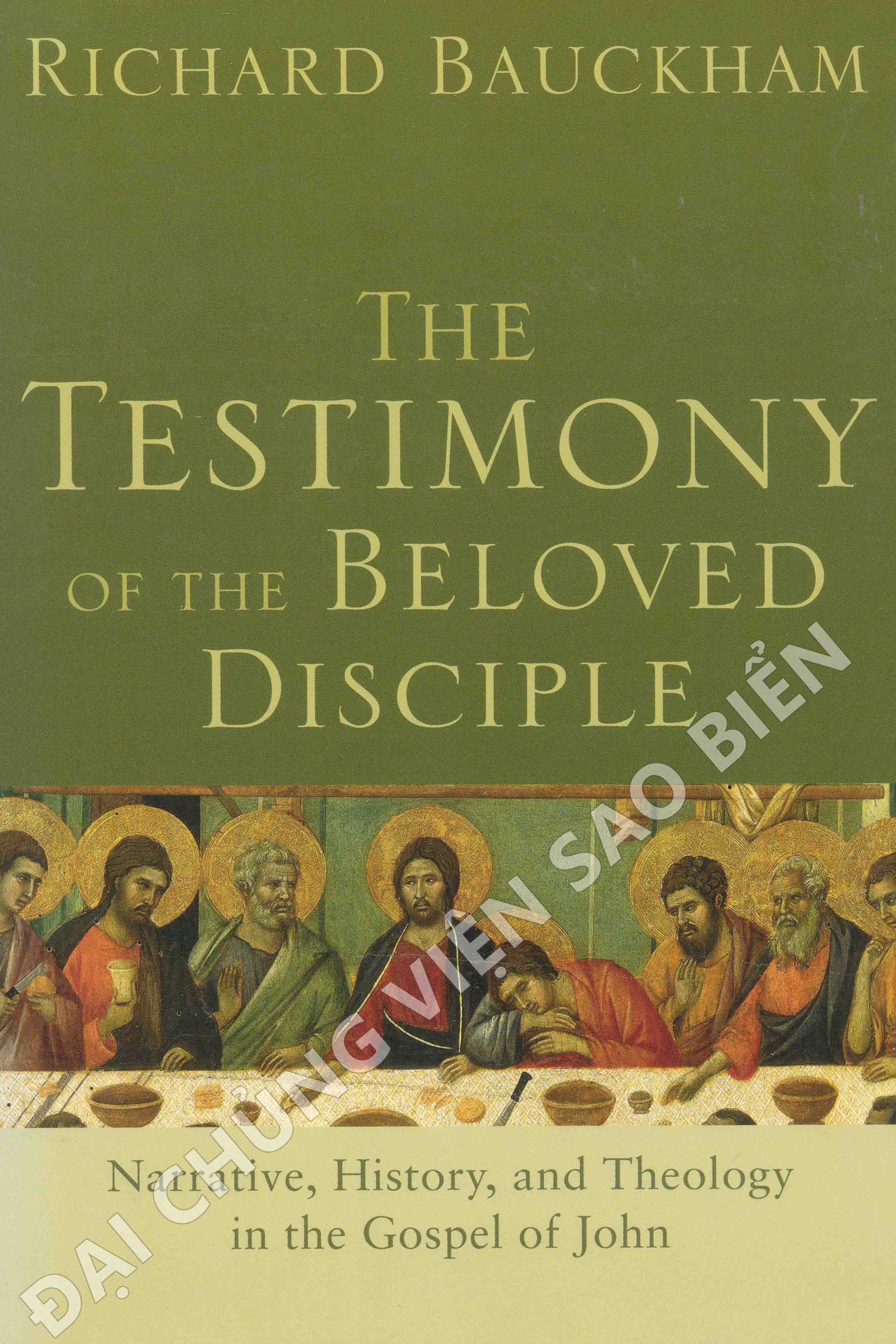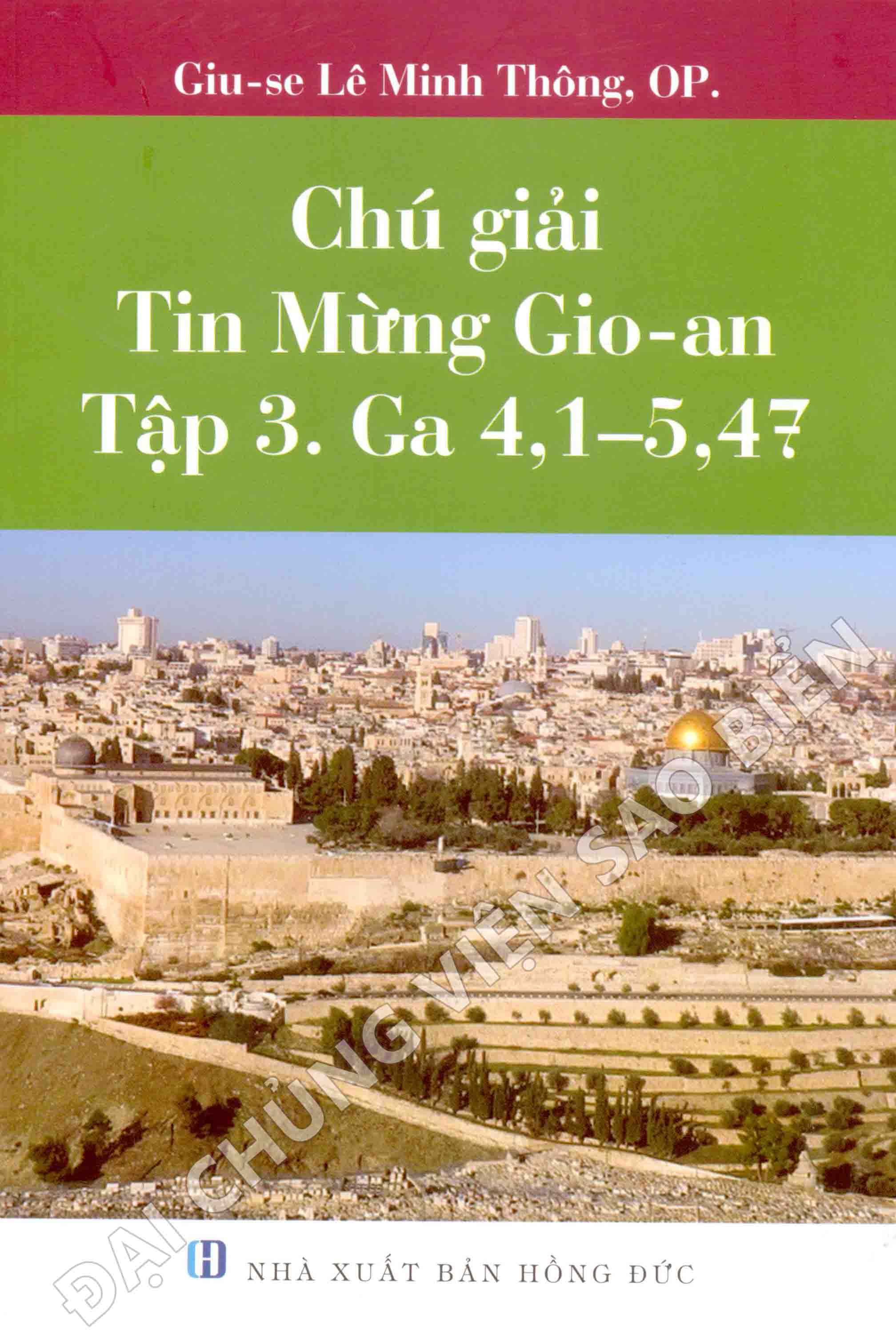| Preface |
V |
| Principal Abbreviations |
XIII |
| INTRODUCTION |
XXI |
| I. The Present State of Johannine Studies |
XXI |
| II. The Unity and Composition of the Fourth Gospel |
XXIV |
| A. The Problem |
XXIV |
| B. Possible Solutions |
XXV |
| (1) Theories of Accidental Displacements |
XXVI |
| (2) Theories of Multiple Source |
XXVM |
| (3) Theories of Multiple Editions |
XXXII |
| C. The Theory Adopted in This Commentary |
XXXIV |
| III. The Tradition behind the Fourth Gospel |
XLI |
| A. The Value of the Information Found Only in John |
XLII |
| B. The Question of Dependency upon the Synoptic Gospels |
XLIV |
| C. The Value of John in Reconstructing Jesus’ Ministry |
XLVU |
| IV. Proposed Influences on the Religious Thought of the Fourth Gospel |
LII |
| A. Gnosticism |
LII |
| (1) John and Christian Gnosticism |
LIII |
| (2) John and the Reconstructed Pre-Christian Gnosticism |
LIV |
| B. Hellenistic Thought |
LVI |
| (1) John and Greek Philosophy |
LVII |
| (2) John and Philo |
LVII |
| (3) John and the Hermetica |
LVIII |
| C. Palestinian Judaism |
LIX |
| (1) John and the Old Testament |
LIX |
| (2) John and Rabbinic Judaism |
LXI |
| (3) John and Qumran |
LXII |
| V. The Destination and Purpose of the Fourth Gospel |
LXVTT |
| A. Apologetic Kgoinst the Sectarians of John the Baptist |
LXVTT |
| B. Argument with the Jews |
LXX |
| (1) Justification of Christian Claims against Jewish Unbelief |
LXX |
| (2) Appeal to Jewish Christians In the Diaspora Synagogues |
LXXM |
| C. Argument against Christian Heretics |
LXXV |
| D Encouragement to Believing Christians, Gentile and Jew |
LXXVII |
| VI lite Date of the Final Written Form of the Gospel |
LXXX |
| A. The Latest Plausible Date |
LXXX |
| B. The Earliest Plausible Date |
LXXXIII |
| VII. The Identity of the Author and the Place of Composition |
LXXXVII |
| A. The External Evidence about the Author |
LXXXV |
| B. The Internal Evidence about the Author |
XCII |
| C. Correlation of the Hypothesis of John as Author with a Modem Theory of Composition |
XCVIII |
| D. The Place of Composition |
CIII |
| VIII Crucial Questions in Johannine Theology |
CV |
| A. Eccleslology |
CV |
| B. Sacramentallsm |
CXI |
| C. Eschatology |
CXV |
| D. Wisdom Motifs |
CXXII |
| IX. The Language, Text, and Format of the Gospel and Some Considerations on style |
CXXIX |
| A. The Original language of the Gospel |
CXXIX |
| B. The Greek Text of the Gospel |
CXXXI |
| Q The Poetic Format of the Gospel Discourses |
CXXXII |
| D. Notable Characteristics in Johannine Style |
CXXXV |
| X. The Outline of the Gospel |
CXXXVIII |
| A. The General Outline of the Gospel |
CXXXVM |
| B. The General Outline of Bro Book of Signs |
CXXXIX |
| XI. General Selected Bibliography |
CXLV |
| I. PROLOGUE |
|
| 1. The Introductory Hymn (i 1-18) |
3 |
| IL THE BOOK OF SIGNS |
|
| PART ONE: THE OPENING DAYS OF THE REVELATION OF JESUS |
|
| 2. The Testimony of John the Baptist: Concerning His Role (1 19-28) |
42 |
| 3. The Testimony of John the Baptist: Concerning Jesus (i 29-34) |
55 |
| 4. The Baptist’s Disciples Come to Jesus: The First Two Disciples and Simon Peter (i 35-42) |
73 |
| 5. The Baptist’s Disciples Come to Jesus: Philip and Nathanael (i 43-51) |
81 |
| PART TWO: FROM CANA TO CANA |
|
| 6. The First Sign at Cana in Galilee Changing of Water to Wine (ii 1-11) |
97 |
| 7. Jesus Goes to Capernaum (ii 12) |
112 |
| 8. The Cleansing of the Temple in Jerusalem (ii 13-22) |
114 |
| 9. Reaction to Jesus in Jerusalem (ii 23-25) |
126 |
| 10. Discourse with Nicodemus in Jerusalem (iii 1-21) |
128 |
| 11. The Baptist’s Final Witness (iii 22-30) |
150 |
| 12. The Discourse Concluded (iii 31-36) |
157 |
| 13. Jesus Leaves Judea (iv 1-3) |
164 |
| 14. Discourse with the Samaritan Woman at Jacob’s Well (iv 4 42) |
166 |
| 15. Jesus Enters Galilee (iv 43-45) |
186 |
| 16. The Second Sign at Cana in Galilee Healing the Official’s Son (iv 46-54) |
190 |
| PART THREE: JESUS AND THE PRINCIPAL FEASTS OF THE JEWS |
|
| 17. Jesus on the Sabbath: The Healing at Bethesda (v 1-15) |
205 |
| 18. Jesus on the Sabbath: Discourse on His Sabbath Work (V 16-30) |
212 |
| 19. Jesus on the Sabbath: Discourse on His Sabbath Work (continued) (v 31-47) |
222 |
| 20. Jesus at Passover: The Multiplication of the Loaves (vi 1-15) |
231 |
| 21. Jesus at Passover: Walking on the Sea of Galilee (vi 16 21) |
251 |
| 22. Jesus at Passover: The Crowd Comes to Jesus (vi 22-24) |
257 |
| 23. Jesus at Passover: Preface to the Discourse on the Bread of Life (vi 25-34) |
260 |
| 24. Jesus at Passover: Discourse on the Bread of Life (vi 35-50) |
268 |
| 25. Jesus at Passover: Discourse on the Bread of Life (continued) (vi 51-59) |
281 |
| 26. Jesus at Passover: Reactions to the Discourse on the Bread of Life (vi 60-71) |
295 |
| 27. Jesus at Tabernacles: Introduction (vii 1-13) |
305 |
| 28. Jesus at Tabernacles: Scene One (vii 14-36) |
310 |
| 29. Jesus at Tabernacles: Scene Two (vii 37-52) |
319 |
| 30. The Story of the Adulteress (vii 53, viii 1-11) |
332 |
| 31. Jesus at Tabernacles: Scene Three (viii 12-20) |
339 |
| 32. Jesus at Tabernacles: Scene Three (continued) (viii 21-30) |
346 |
| 33. Jesus at Tabernacles: Scene Three (concluded) (viii 31-59) |
352 |
| 34. Aftermath of Tabernacles: The Healing of a Blind Man (ix 1-41) |
369 |
| 35. Aftermath of Tabernacles: Jesus as Sheepgate and Shepherd (X 1-21) |
383 |
| 36. Jesus at Dedication: Jesus as Messiah and Son of God (X 22-39) |
401 |
| 37. Apparent Conclusion to the Public Ministry (x 40-42) |
413 |
| PART FOUR: JESUS MOVES TOWARD THE HOUR OF DEATH AND GLORY |
| 38. Jesus Gives Men Life: The Story of Lazarus (xi 1-44) |
420 |
| 39. Men Condemn Jesus to Death: The Sanhedrin (xi 45-54) |
438 |
| 40. Will Jesus Come to Jerusalem for Passover? (xi 55-57) |
445 |
| 41. Scenes Preparatory to Passover and Death: The Anointing at Bethany (xii 1-8) |
447 |
| 42. Scenes Preparatory to Passover and Death: The Entry into Jerusalem (xii 9-19) |
455 |
| 43. Scenes Preparatory to Passover and Death: The Coming of the Hour (xii 20-36) |
465 |
| CONCLUSION TO THE BOOK OF SIGNS |
|
| 44. An Evaluation of Jesus’ Ministry to His Own People (xii 37-43) |
483 |
| 45. An Unattached Discourse of Jesus Used as a Summary Proclamation (xii 44-50) |
489 |
| APPENDIXES |
|
| I: Johannine Vocabulary |
497 |
| II: The “Word" |
519 |
| III: Signs and Works |
525 |
| IV: Egõ Eimi “I am” |
533 |





































































